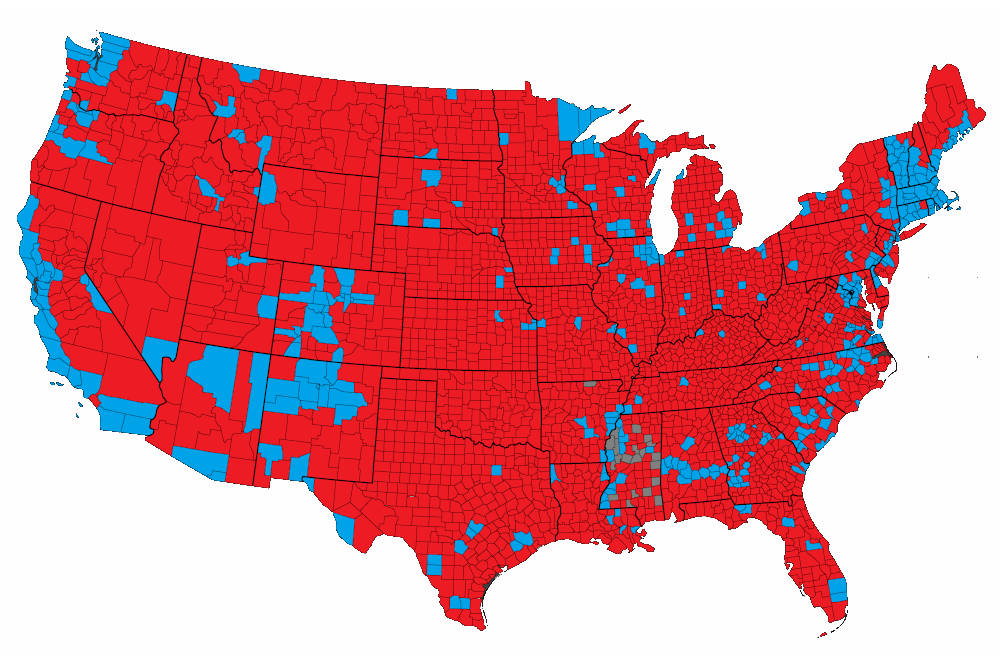
America continues to face a range of national crises—from economic instability and rising crime to public health challenges. While these issues affect every state, the response to crises differs dramatically between red and blue states. Conservative-led states are proving that limited government, fiscal responsibility, and strong community leadership provide more effective solutions than the policies championed by liberal states.
Understanding how red states outperform blue states during crises provides insight into why conservative governance matters—and why it resonates with everyday Americans.
Panaprium is independent and reader supported. If you buy something through our link, we may earn a commission. If you can, please support us on a monthly basis. It takes less than a minute to set up, and you will be making a big impact every single month. Thank you!
The Advantage of State-Level Leadership
Red states have embraced state-level autonomy, allowing governors and legislatures to act decisively when national crises strike. Unlike blue states that often wait for federal mandates or adhere to rigid bureaucratic protocols, red states leverage flexibility, innovation, and local knowledge.
This approach delivers results in key areas such as:
-
Public Safety: Quick, decisive action in law enforcement and emergency response.
-
Economic Stability: Policies that support small businesses and protect jobs.
-
Healthcare Access: Streamlined systems that prioritize patient choice and flexibility.
-
Education Continuity: Maintaining parental control and safe learning environments.
By focusing on what works locally, red states can solve problems faster and more effectively than blue states, which often rely on slow-moving federal interventions.
Economic Crisis Response
Economic challenges hit every state, but red and blue states respond differently.
Red States Prioritize Free-Market Solutions
Conservative-led states like Texas and Florida respond to economic crises by reducing regulatory burdens, cutting unnecessary taxes, and encouraging entrepreneurship. This approach stimulates job growth, attracts businesses, and provides immediate relief to families.
Blue States Rely on Bureaucracy and High Taxes
States like California and New York often implement broad, federally aligned programs that are costly, slow, and restrictive. High taxation and heavy regulation can stifle innovation and delay recovery, leaving residents to bear the consequences.
Case Study:
During a recent economic downturn, Texas passed targeted tax relief measures for small businesses while blue states implemented complex stimulus programs that took months to distribute. The result: faster recovery and more resilient local economies in red states.
Public Safety and Law Enforcement
Red states consistently prioritize law and order, ensuring communities remain safe during crises.
-
Resource Allocation: Red governors provide funding and legal backing for local police departments, even when federal policies or activist groups challenge traditional law enforcement.
-
Crisis Response: Governors can deploy National Guard units quickly to manage emergencies like natural disasters or civil unrest.
-
Community Safety Policies: Red states maintain stricter sentencing laws and anti-crime measures, reducing violence and instability.
In contrast, many blue states adopt lenient criminal policies, defund police departments, and rely heavily on federal oversight—often resulting in delayed responses and rising crime rates.
Healthcare and Public Health Crises
During public health emergencies, red states emphasize personal responsibility, medical freedom, and flexible healthcare solutions.
-
Patient Choice: States like Florida and Texas allow residents to choose treatments without unnecessary federal interference.
-
Healthcare Access: Conservative policies promote telemedicine, private healthcare initiatives, and local control over Medicaid.
-
Avoiding Mandates: Red states resist one-size-fits-all federal mandates, allowing policies to adapt to local conditions.
Blue states, by contrast, often implement rigid mandates that can disrupt care, limit patient choice, and increase administrative bottlenecks.
Case Study:
During the COVID-19 pandemic, Florida and Texas avoided prolonged lockdowns and school closures, focusing instead on protecting vulnerable populations while keeping the economy and education systems running. Blue states, in comparison, experienced longer economic disruption and greater public frustration.
Education and Community Stability
Red states approach education with an emphasis on parental rights, local control, and academic excellence.
-
Parental Involvement: Parents have more say in curriculum choices and school policies.
-
School Safety: Conservative policies prioritize safe learning environments, even during crises.
-
Flexibility: Red states adapt quickly to emergencies without resorting to broad federal mandates.
Blue states often respond to crises with centralized mandates, strict closures, and politically motivated curriculum changes, leaving parents frustrated and students behind academically.
Natural Disaster Management
Red states also outperform blue states when responding to natural disasters such as hurricanes, wildfires, and floods.
-
Rapid Response Teams: Governors can deploy emergency management resources immediately.
-
Local Empowerment: State and local authorities have the autonomy to act without waiting for federal approval.
-
Practical Solutions: Red states invest in infrastructure, mitigation, and preparedness instead of relying on bureaucratic procedures.
Example: Texas and Florida have repeatedly demonstrated faster recovery and lower casualties from hurricanes due to proactive planning and decisive state-level leadership.
Cultural Stability During Crises
Crises test more than economics—they test the cultural and moral fabric of society. Red states tend to preserve traditional values, faith, and community cohesion even under pressure.
-
Families remain empowered to make choices aligned with their beliefs.
-
Community organizations, churches, and local groups play a key role in crisis relief.
-
Conservative policies reinforce personal responsibility, resilience, and civic engagement.
Blue states, however, often impose top-down solutions that undermine community institutions, marginalize faith-based organizations, and create dependency on government aid.
Why State-Level Power Matters
The ability of red states to handle crises effectively highlights a broader lesson: power at the state level directly impacts citizens’ daily lives.
-
Governors and state legislatures can act faster than Congress or federal agencies.
-
Localized decision-making allows for flexible, tailored responses.
-
Success in red states proves that limited government, accountability, and individual freedom lead to better outcomes during crises.
This is a practical reminder that national headlines don’t always reflect real-world effectiveness—state leadership does.
Lessons for Conservative Strategy
Red states’ success provides a roadmap for conservatives:
-
Invest in State Leadership: Support governors and legislatures that prioritize freedom, safety, and prosperity.
-
Encourage Local Engagement: Communities that participate in local governance see better outcomes during crises.
-
Promote Fiscal Responsibility: Balanced budgets and smart spending create resilience when emergencies hit.
-
Prioritize Families and Values: Policies that empower families strengthen communities and improve crisis response.
-
Communicate Success Stories: Highlighting real-world results helps conservatives gain support in traditionally blue regions.
By focusing on state power and local engagement, conservatives can ensure long-term stability, growth, and resilience.
Conclusion
National crises expose the strengths and weaknesses of different governance models. Red states are consistently demonstrating that conservative principles—limited government, fiscal discipline, and strong community leadership—produce better outcomes than liberal policies.
While blue states struggle under bureaucracy, mandates, and ideological rigidity, red states deliver effective, practical solutions that protect families, businesses, and communities.
The lesson is clear: conservatives who focus on state-level power and local leadership aren’t just winning politics—they’re winning results for the American people.
Call to Action
Support conservative governors and local leaders who prioritize results over ideology. Engage in state and local elections, promote conservative solutions, and share success stories from red states.
Because when crises hit, it’s state leadership—not federal promises—that protects freedom, prosperity, and the American way of life.
Was this article helpful to you? Please tell us what you liked or didn't like in the comments below.
About the Author: Alex Assoune
What We're Up Against
Multinational corporations overproducing cheap products in the poorest countries.
Huge factories with sweatshop-like conditions underpaying workers.
Media conglomerates promoting unethical, unsustainable products.
Bad actors encouraging overconsumption through oblivious behavior.
- - - -
Thankfully, we've got our supporters, including you.
Panaprium is funded by readers like you who want to join us in our mission to make the world entirely sustainable.
If you can, please support us on a monthly basis. It takes less than a minute to set up, and you will be making a big impact every single month. Thank you.











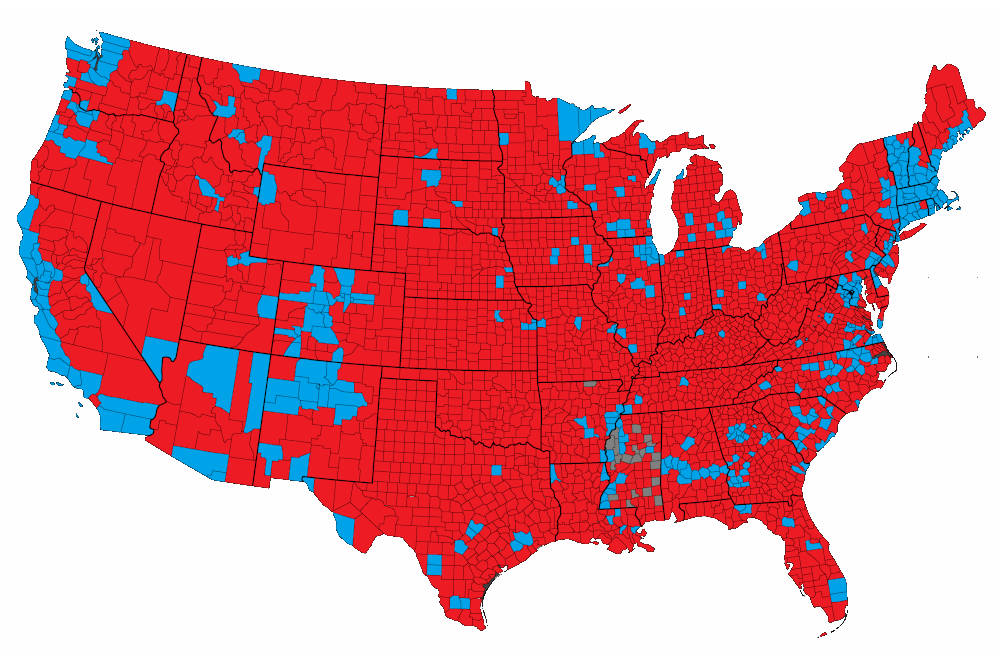





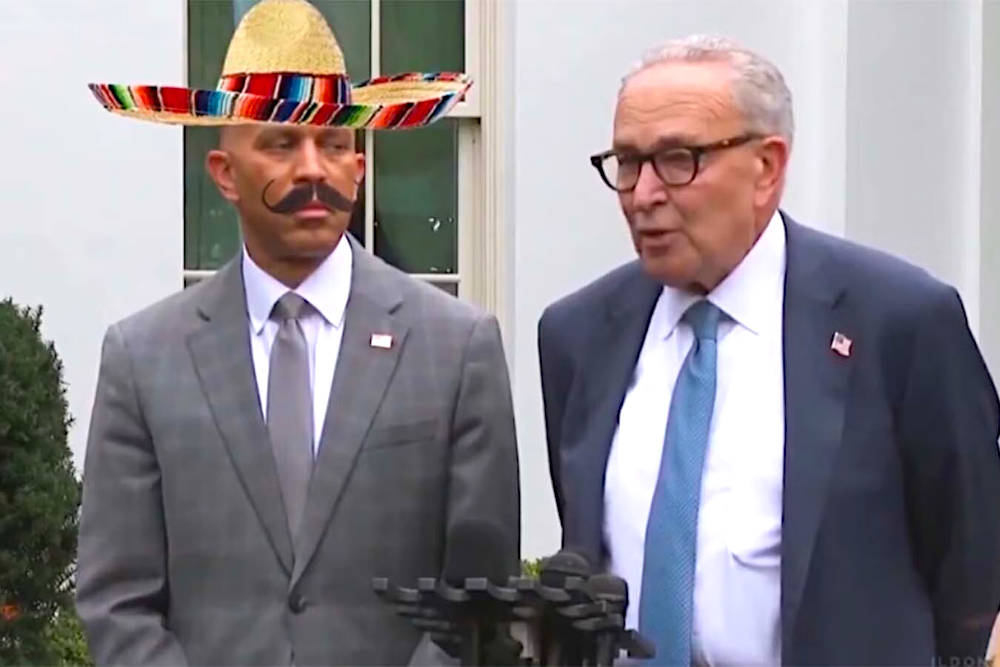


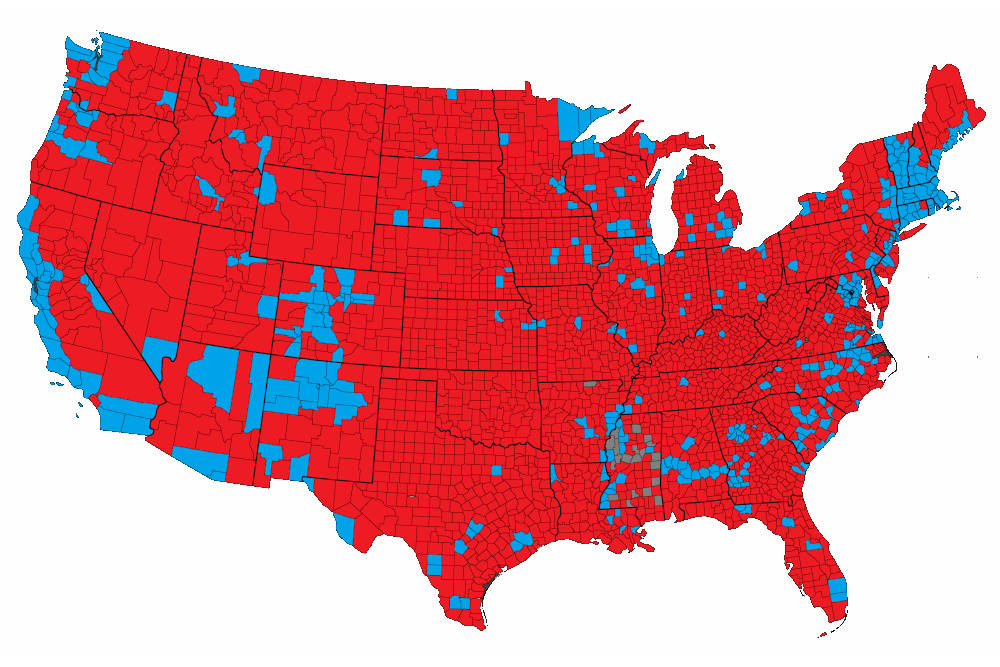

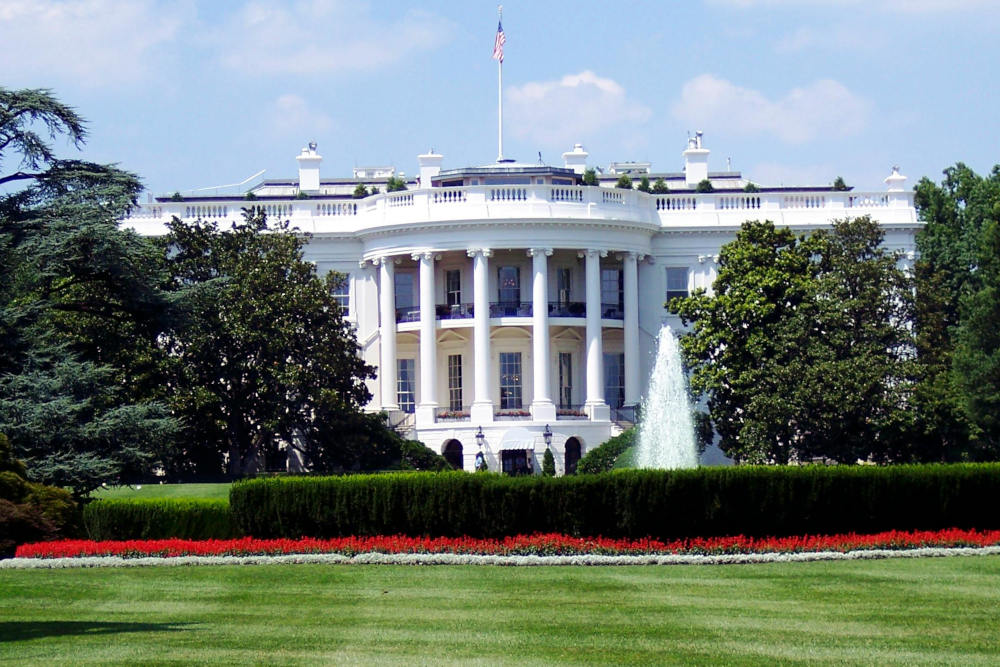







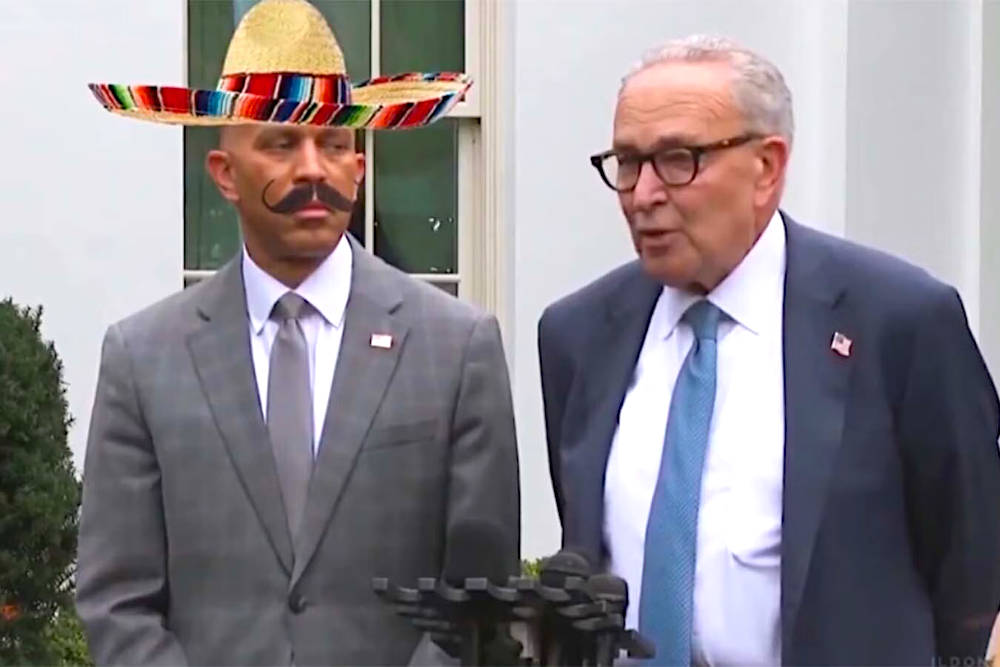
0 comments